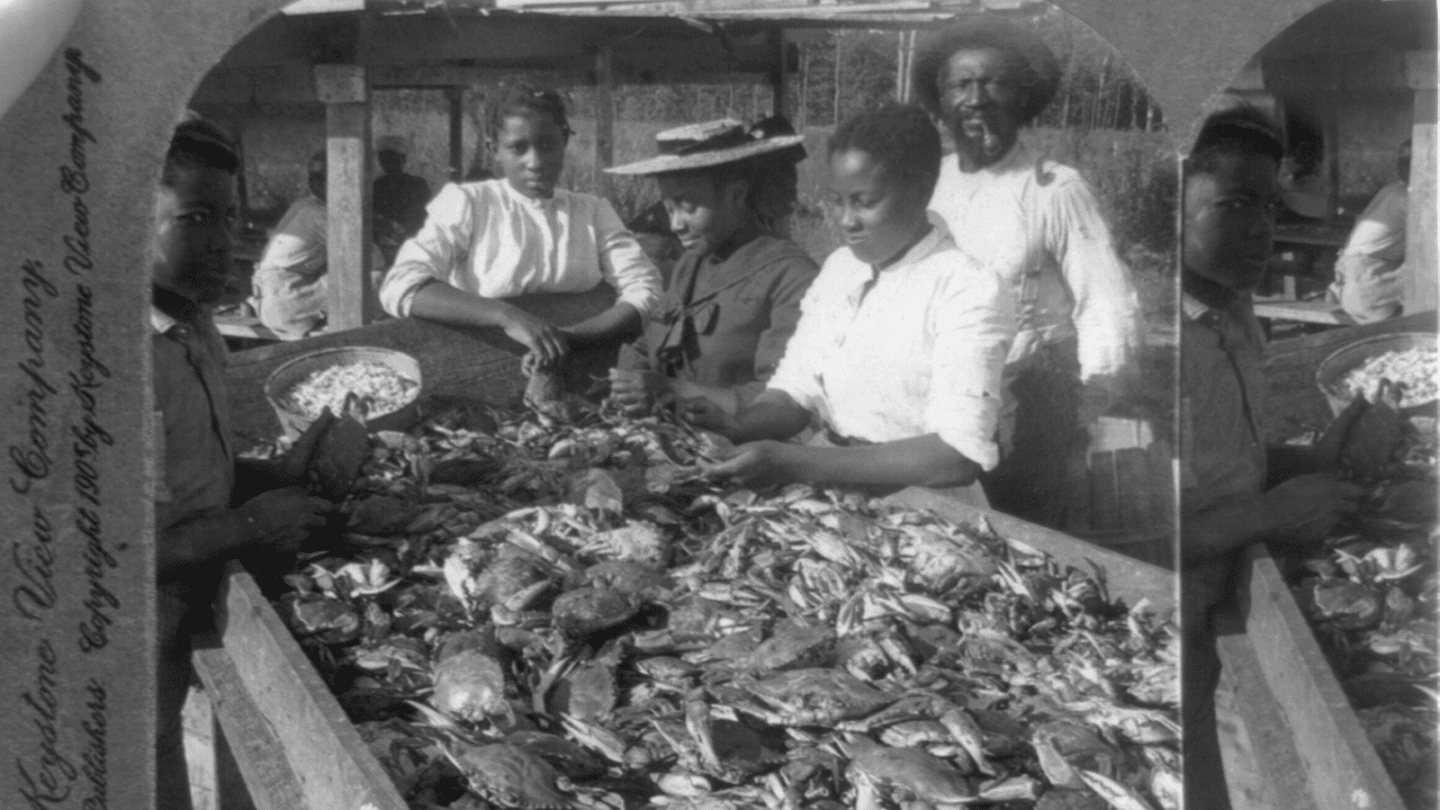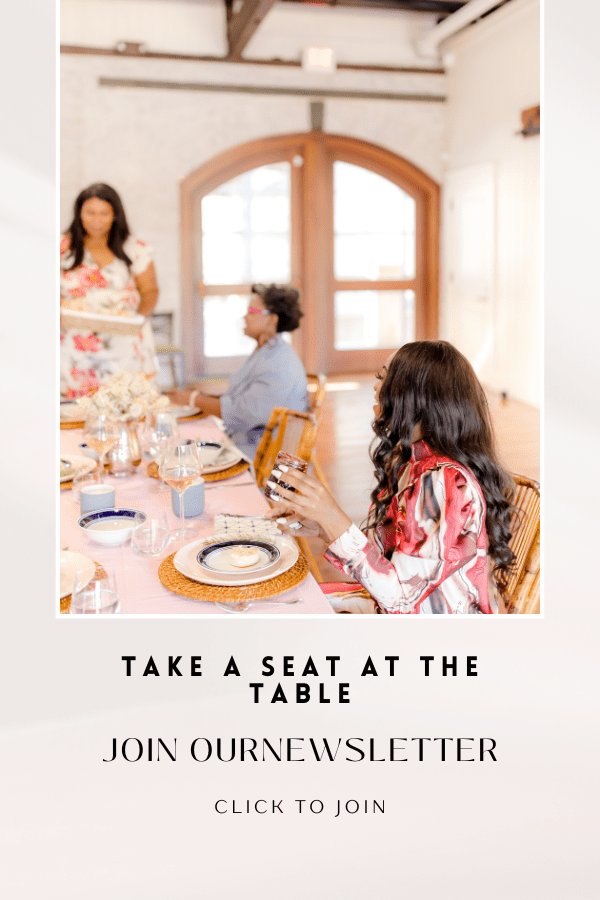
Sapelo sage, storyteller and heritage-keeper Cornelia Walker-Bailey once explained the nature of fishing, crabbing, oyster-picking and shrimping on the barrier island. In an interview with Dionne Hoskins, Walker-Bailey explained that the women fished during the day (men fished at night), while the men were at work. They fished for their families and they fished to give or sell to others on the island. In “I Am Sapelo,” Walker-Bailey wrote, “I can still see the ladies at such places as Raccoon Bluff fishing with a drop line and cane pole from a batteau boat, while trusting in the Lord because they couldn’t swim; the men fishing at night with flambeau, looking for alligators with a long pole & giant hook.”
Black Women in Seafood: The History & Heritage
The series of oral histories conducted by Hoskins and others contain vital information about how Black women were important to their communities, working in commercial fishing. They fished and caught shellfish alongside spouses and children, worked in the canneries and packinghouses, knit casting nets, and had their own seafood businesses in coastal Georgia.
The same is true up and down the Gullah-Geechee Corridor, from Wilmington (NC) to Florida, in every coastal region in the South over to Texas, and along the Eastern and Western seaboards. In a 1990s oral history project commissioned by the Smithsonian Institution, Behind the Apron, women like Mary Dawkins talk about working as clam and oyster shuckers, packers, and cooks in Southern Maryland, a place known for its role in the slave trade, and where many newly freed men and women settled post-Emancipation.
The family of an oyster fisherman in front of their home near Sherwood, Maryland in c. 1905. Image: Keystone View Co., courtesy of the Library of Congress, NOAA
The crux of the story is about people making a way out of no way. Black oystermen are important to the re-telling of a rich African American history in the fishing and shellfish industry. Cornelia Walker-Bailey related to Dionne Hoskins, it was a sign of manhood to own one’s own castnet and fishing boat. However, there were the women who also found financial independence as fish and shellfish vendors to packinghouses, shuckers and as cooks. Author Margaret C. Simms (Slipping Through the Cracks Status of Black Women 2017) noted that the men were harvesters and women shucked oysters. Harvesting was hard but shucking involved putting hands, digits and veins at risk to shuck fast to meet next-to-impossible quotas simply to earn a day’s wage. It’s no small wonder that two Black women, sisters Deborah Pratt and Clementine Macon Boyd from the Chesapeake region of Virginia, are world champion oyster shuckers. It’s how generations of women in their family made a living.
After the Civil War, many African Americans found work in the Chesapeake seafood industries—mainly women, as oyster shuckers. Courtesy NMAAHC.
Enslaved Black women peddled fish and shellfish. Some worked on behalf of the planters who enslaved them, and were allowed to keep a portion of their profits to buy their freedom selling in wharf markets and on the periphery of the French Market in New Orleans. Charleston’s “Oyster Woman” Mary Purvis was a free woman of color vending oysters on the streets in the late 1850s and early 1860s. Purvis is listed as a “huckster” in an 1860 city directory, which means she had suppliers as well as a clientele to purchase her wares.
The work in commercial fishing was often back-breaking but it enabled women and men to not only buy land and build homes, but they were able to build sustainable communities with their own schools, stores, and institutions. While underpaid for their goods and services, these people made much of little, performing jobs some white laborers and owners found menial.
That is, until they found it to be the only work as the industry declined and experienced crises spanning from a decrease in quality fish and shellfish to chemical dumps into bays in Maryland, Virginia and the most infamous of all, the oil spills in Louisiana. African Americans took hard hits and many left the industry that provided good lives to take jobs in other industries.
Still, the story about Black women and fishing continues with a new generation of women building seafood related businesses. At the heart of it all is a history of using what was available (tools, the water and seafood) to build homes, communities and the undeniable power to always have food for the journey. [Photos courtesy: LOC/NOAA, NMAAHC]
63


